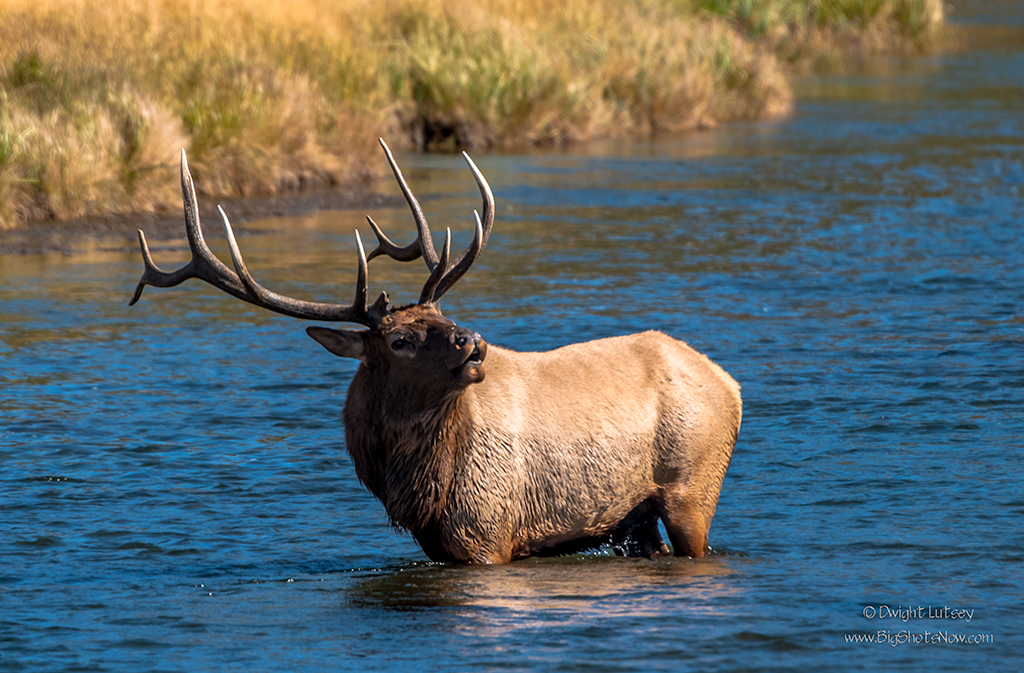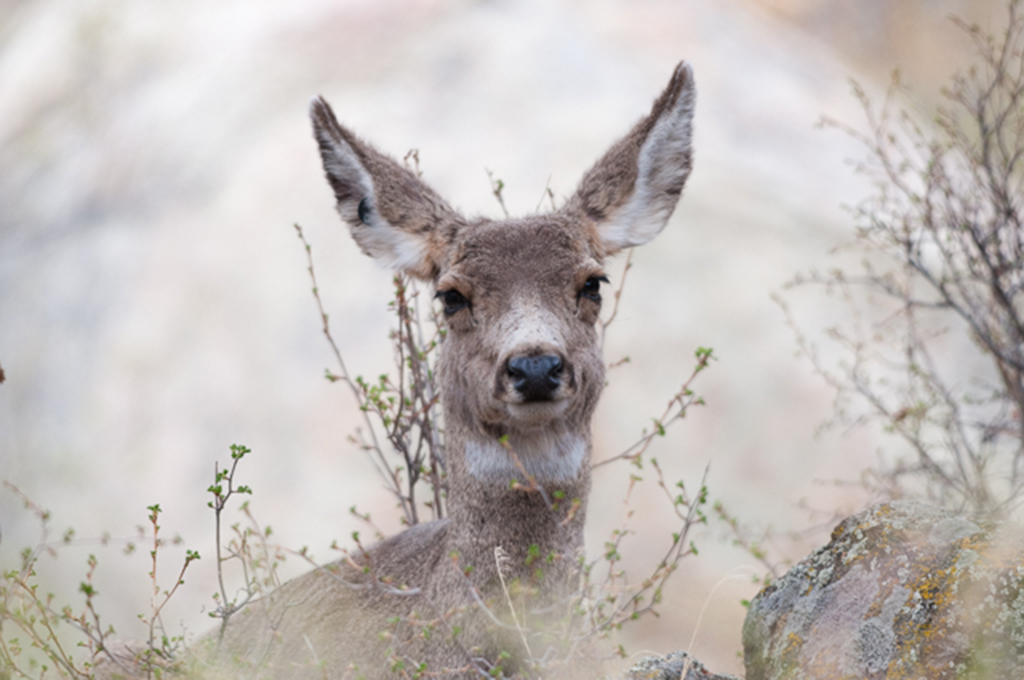Sometimes people will ask “Where’d all the color come from in that picture, then?” Or they’ll say “I was there. I never saw anything like that.” This is usually accompanied by a suspicious glare. Other times they’ll simply say “No way, dude, That is a load of condensed owl manure.” What they don’t know is they are not looking in the right places for these images, or at the right time.”
These images exist in nature by the quintillious millions. You are literally walking through them every time you are someplace like the Firehole river here in Yellowstone. The deal is, it takes some practice to see them in their full glorious color like this. For instance this particular image was lurking within the mist just waiting for someone to stop and photograph it. Think of it like this. You know how a movie is made with 30, 60, 120 frames per second and when it is played back the rapid display of the individual images or frames merge into a flow that shows the movement and creates the scene or movie.
Well that’s exactly what nature does. These images are lined up one behind the other into infinity and as you look at the scene they are speeding by you so quickly that you don’t see each individual frame. An individual image like this is often missed. It had already gone by so fast you didn’t have a chance to get your camera up to your eye let alone take a picture.
The secret to taking a picture like this, aside from a rapid dunking in Photoshop, is to kind of check out where the next image might appear, then slowly walk by the place being very careful not to glance at it directly. If you do look it tips the projector guy off that you have seen what’s coming, and he’ll speed the film up, so to speak, making it that much more difficult to take the shot.
While you’re fiddling around pretending you don’t see the picture coming up, surreptitiously set your camera to all the proper settings, then whirl around and snap the photo. That’s all there is to it. The settings for this shot were 1/800,000 of a second at f 2100. Make certain you have set the HISS (Hidden Imaginary Scene Selector) switch located on the lower left side of the lens housing on most professional cameras, to Automatic. If you don’t have this switch on your camera then it is time to upgrade as it is nearly impossible to catch an image like this without one. Check with your local camera dealer for the most up to date information So there you have it. Photography made easy. You’re welcome.




You must be logged in to post a comment.